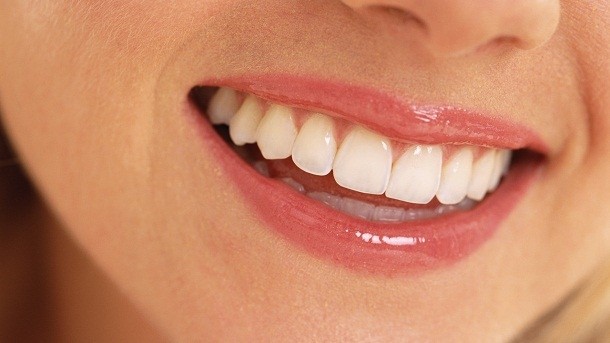Natural chemical could help fight tooth decay

The compound, known as trans-chalcone, is related to chemicals found in liquorice root, and scientists from the University of Edinburgh have shown that it blocks the action of a key enzyme, Sortase A, that allows the bacteria, Streptococcus mutans, to thrive in oral cavities.
“We were delighted to observe that trans-chalcone inhibited Sortase A in a test tube and stopped Streptococcus mutans biofilm formation,” says Dr Dominic Campopiano, School of Chemistry, and one of the authors of the study, published in the journal Chemical Communications.
“We are expanding our study to include similar natural products and investigate if they can be incorporated into consumer products.”
Preventing plaque
Chewing gum champion Wm. Wrigley Jr Company, also supported the research which looked at how trans-chalcone acts against harmful mouth bacteria and could improve oral health by helping to prevent the build-up of plaque.
This is because the bacteria Streptococcus mutans metabolize sugars from food and drink, which produces a mild acid and leads to the formation of plaque.
Without good dental hygiene, the combination of plaque and mouth acid can lead to tooth decay, so researchers were looking at finding a way to stop this by blocking Sortase A which encourages the bacteria’s actions.
They found that blocking the activity of the enzyme prevents bacteria forming a protective biological layer, known as a biofilm, and that preventing the assembly of these protective layers will help stop bacteria forming plaque.
The researchers say that oral care products that contain similar natural compounds could help people improve their dental hygiene.
The study is the first to show how trans-chalcone prevents bacteria forming biofilms. The team worked out the 3D structure of the enzyme which allows the bacteria to make biofilms, and by doing this, were able to identify how trans-chalcone prevents the enzyme from functioning.









